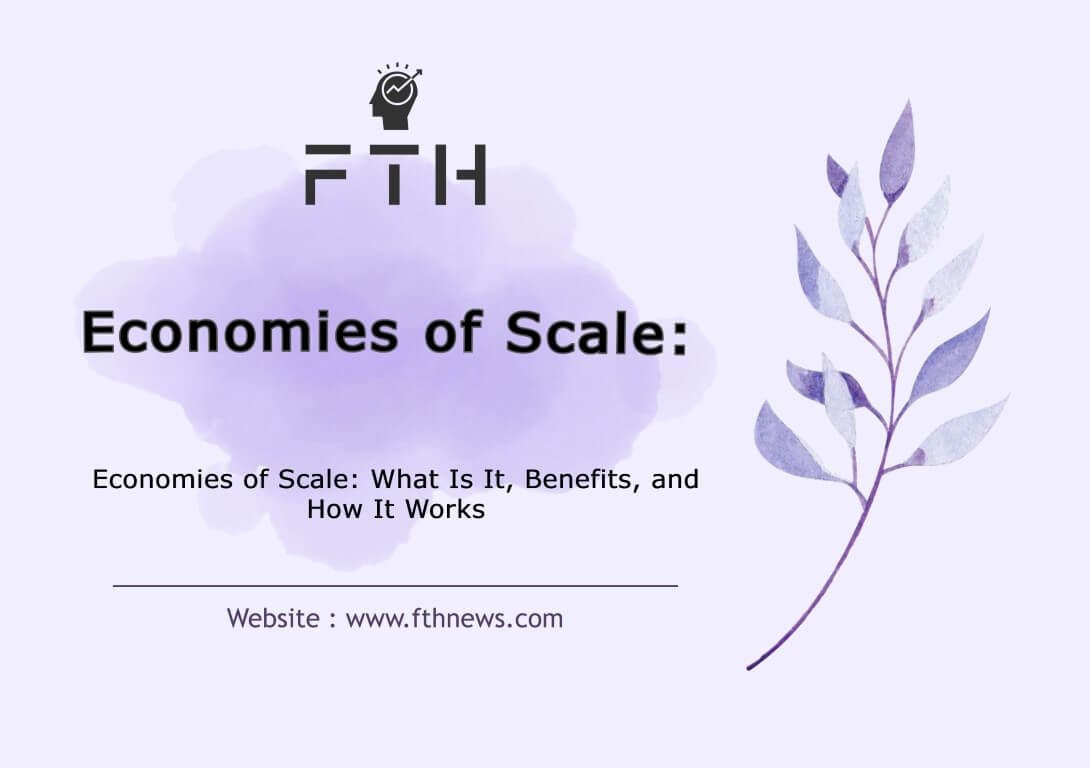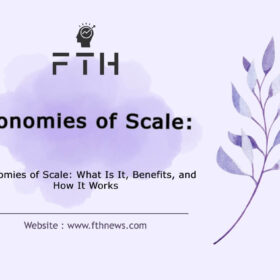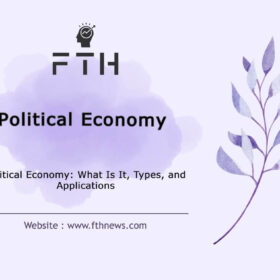
Mixed Economic Systems: Understanding, Advantages and Characteristics
A mixed economic system combines elements of both capitalism and socialism, striking a balance that allows for the protection of private property and the freedom to use capital. Simultaneously, it permits federal intervention in economic decision-making to achieve social goals, which may include business support, financial incentives, such as business subsidies, and tax credits. These examples showcase the influence of the federal government in a mixed economy.
The term “mixed economy” originated in Britain after World War II, although many of the policies associated with it were initially proposed in the 1930s. Many of its early proponents were affiliated with the British Labor Party.
How Does a Mixed Economic System Work?
To comprehend how mixed economies operate, it’s essential to grasp the workings of three primary economic systems:
Traditional economy: This system is guided by old beliefs, customs, culture, and traditions when it comes to the production and distribution of goods.
Command economy: In a command economy, the government dictates the production, processes, quantity, and prices of goods within the country.
Market economy: In a market economy, businesses and consumers drive economic activities with minimal government intervention.
Types of Mixed Economy
Generally, there are three main types of mixed economies:
Partial State Control: In this model, ownership of factors of production, such as plants, machinery, and factories, remains in the hands of private entities. The government’s role is primarily regulatory.
Full Government Control: Here, the government directly influences the performance of institutions. It invests its capital in businesses and assumes sole responsibility for their activities, including bearing the risks of loss and ownership.
Public-Private Control: This model involves joint ventures between public and private entities. Western countries often fall into the first category of mixed economy, while Asian countries like India exemplify the second type of mixed economy.
Characteristics of Mixed Economic Systems
Mixed economic systems possess the following key characteristics:
Protection of Private Property: Private property rights are safeguarded, allowing prices to be determined by the free market and fundamental economic principles.
Motivated by Personal Interests: This system is driven by individuals’ personal interests, fostering entrepreneurship and innovation.
Government’s Dual Role: The government in a mixed economy serves the dual purpose of safeguarding the welfare of the citizens and maintaining the integrity of the marketplace.
Government in Key Sectors: The government plays a pivotal role in areas like the military, foreign trade, and domestic transportation. Its involvement in other sectors is guided by the priorities of the population. In some cases, the government formulates central strategies to guide the economy, and it may also own sectors of high significance, such as aerospace, energy production, and banking.
Advantages of Mixed Economic Systems
Mixed economic systems offer several advantages:
Personal Freedom: A mixed economy preserves personal freedom, enabling individuals to make choices related to consumption, occupation, entrepreneurship, and ideology.
Reduced Income Inequality: By providing equal opportunities for employment and education, a mixed economy works to reduce income disparities across different sections of society, promoting more equitable national distribution.
Central Planning and Control: The presence of central planning and control in a mixed economy helps prevent economic turbulence and ensures stability.
Support for Underdeveloped Economies: A mixed economy aids less developed economies in achieving rapid and balanced economic growth.
Fair Pricing and Distribution: Government institutions regulate the market, promoting fair pricing and the equitable distribution of goods and services. This system discourages unfair competition and predatory pricing.
Disadvantages of Mixed Economic Systems
Mixed economic systems have their drawbacks:
Market Balance Challenges: Maintaining a balance between public and private interests can be difficult, often leading to economic imbalances.
Issues of Corruption: Problems like corruption, bribery, black market activities, and nepotism are prevalent in mixed economies.
Inhibited Private Sector Growth: Excessive government control in a mixed economy can hinder the growth of private sector industries, limiting their potential for innovation and development.
Countries with Mixed Economic Systems
Several countries around the world have adopted mixed economic systems, combining elements of both capitalism and socialism. Some notable examples include the United States, England, Sweden, Iceland, and India.
Mixed Economy vs. Free Markets
Mixed economic systems are not entirely free-market systems, as they involve government planning and control over certain resources and businesses within the private sector. Governments in mixed economies may use taxation to redistribute wealth in support of social goals.
Examples of government intervention in mixed economies include trade support, subsidies, targeted tax credits, fiscal stimulus, and public-private partnerships. While these interventions can sometimes lead to economic distortions, they are tools employed to achieve specific objectives that may outweigh their distorting effects.
Governments frequently intervene in markets to foster specific industries, promoting agglomerations and reducing entry barriers to gain a comparative advantage. This strategy, often seen in export-led growth, has allowed countries to become global manufacturing hubs for various industries. Some nations specialize in textiles, machinery, or electronic components, all thanks to government support for young firms and related services like transportation.
Mixed Economies vs. Socialism
In contrast to socialism, which advocates for the common or centralized ownership of the means of production, mixed economies rarely go to such extremes. Instead, they selectively intervene in cases where market mechanisms may not achieve desired outcomes. This intervention can include price controls, income redistribution, and stringent regulation of production and trade.
Mixed economies often socialize industries deemed essential for the public good, such as public services, military and police forces, and environmental protection. However, unlike pure socialism, mixed economies generally maintain private ownership and control over most means of production.
In Conclusion
A mixed economy combines some of the advantages and disadvantages of both capitalism and socialism. It allows the government to provide public goods and establish a basic safety net while benefiting from the productivity of a market-based economy. In practice, most countries worldwide operate with mixed economies, though the balance between market-oriented and state-oriented approaches may vary.














